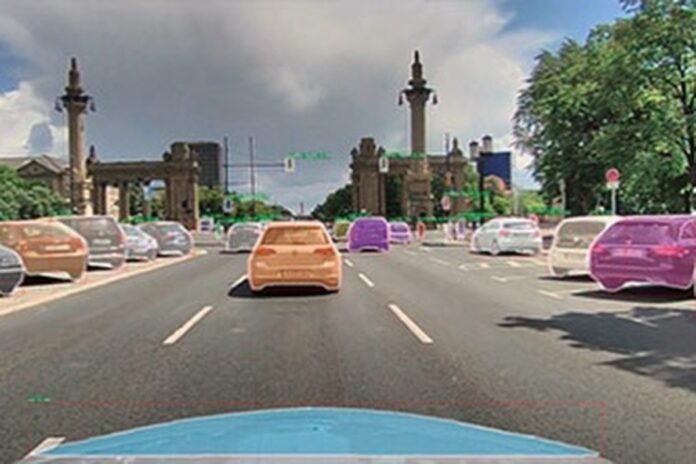A team which has spent two years investigating multi-access edge computing (MEC) for connected cars is sharing its conclusions.
Car2MEC was funded by the Bavarian Ministry for Economic Affairs to gain insights into the value of MEC for connected driving, with a focus on technology and network architecture as well as economic viability. Participants were Continental, Deutsche Telekom, Fraunhofer ESK, MHP and Nokia.
The project partners tested a number of different use cases on the A9 motorway, including an emergency warning, an end-of-jam warning, a variable speed limit assistant and HD maps.
The team has concluded that MEC is a key enabling technology for connected driving – particularly for driving safety.
They found that the business opportunities MEC offers to the automotive industry are “ambiguous, yet promising” and recommended greater co-operation, partnerships and standardisation. They also noted that a clear value proposition for each stakeholder’s investment will be crucial for future development.
Who did what?
The trial assessed MEC technology in a real-world environment – on a public road and commercial cellular network with many parallel users.
Deutsche Telekom deployed a project-specific infrastructure with two locally separated MEC in the test area at the A9 motorway. The testbed shared resources with the LTE live network and operated for 12 months, allowing for extensive test drives.
Ronald Hain, back-end team leader, Interior Systems & Technology, Continental, explained his company’s role, “In the future, MEC will be a very important communication technology for the connected vehicle.
Closing the gap
By closing the gap between local real-time applications and cloud services it will allow us to enhance automated driving and enable vehicles to co-operate with each other. In addition, local services effectively utilise the data rate of LTE or 5G networks. Continental is currently working on a vehicle architecture that takes this communication technology into account.”
Fraunhofer ESK’s hybrid communication units enabled time-sensitive applications for connected vehicles with proven, standardised protocol and message sets. A distributed messaging service (GeoService) deployed on the multi-access edge nodes provided low-latency connectivity between the vehicles and a direct link to localised services.
Nokia’s MEC technology brought cloud computing resources closer to the roadside, enabling much faster reaction times in the network, compared to centralised cloud architectures. This is important for applications like emergency warning or end-of-jam warning where milliseconds can make a big difference.
The testing confirmed that time-critical information can be delivered from one car to another in less than 30 milliseconds in an LTE network combined with a MEC-based edge cloud. Further, the performance of latency-critical and data-intense applications like HD positioning and maps improved significantly when supported by an edge cloud infrastructure.
MHP provided insights into MEC’s value for connected driving from a business perspective.
Validation
Alexander Lautz, Senior Vice President 5G, Deutsche Telekom, said, “The project results validate the performance of edge computing over our 4G networks as a potential enabler for automotive cases that require low latency and ultra-high reliability.
Going forward, we will continue to collaborate with partners in the automotive sector on the evolution of the technology and its application in connected and automated driving solutions that will deliver the best driving experience.”



